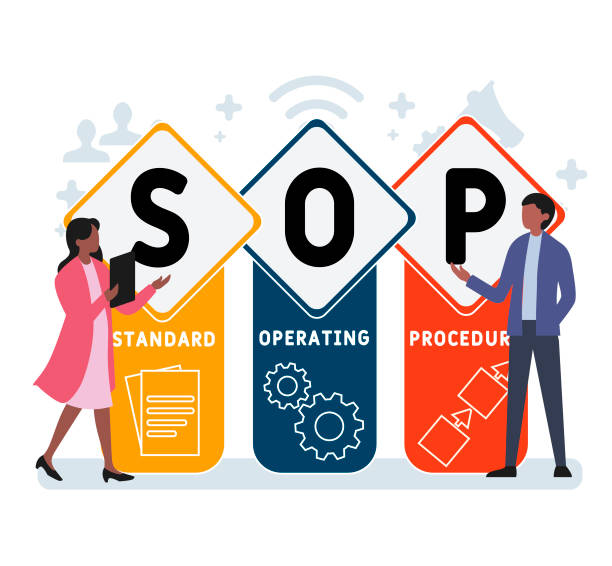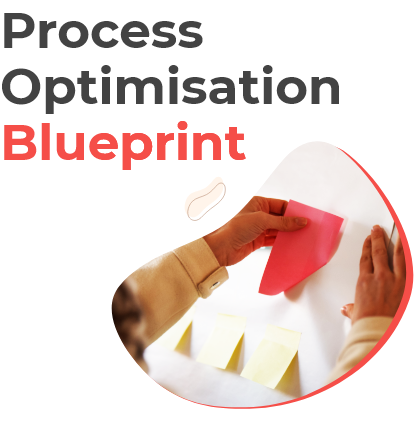3 Ways SOPs enable better business process adherence

Standard Operating Procedures (SOPs) are the bedrock of any successful business. Having SOPs in place can go a long way in creating a streamlined, efficient, and thoroughly documented business process that helps deliver a consistent end product.
Essentially, an SOP is a step-by-step document that every step within a business process. It maps out each component step within the process and details the most efficient way to execute it. While this is the typical role of an SOP, what stays below the radar is the fact that it helps greatly in driving process adherence.
In our previous blog, we spoke about the benefits of SOPs and the business implications of taking a structured approach. Here, we discuss the top three areas that SOPs affect in relation to process adherence.
Quality
The first aspect that SOPs have a direct and immediate impact on is quality. Any business that depends on providing their customers with a uniform product or service delivery experience for growth need to have SOPs that drive these values. SOPs often include multiple layers of reviews and approvals to ensure that the quality of the end product is kept consistent and lives up to customer expectations.
In bigger organizations with branches spread across multiple geographies, having SOPs ensures that these branches still drive uniformity irrespective of the limitation they face while catering to a localized audience. In other words, these companies can still drive a consistent product or service quality despite being in different regions because they refer to the same operating procedure.
Finally, an efficient SOP also grants reviewers and approvers the ability to roll back steps and repeat a certain sequence if quality checks are not met. These alternate steps are key to ensuring associates or step managers stay cognizant of expectations and delegate tasks and recheck everyone’s work before pushing a work order forward.
Authority and Escalation
SOPs clearly outline the roles and responsibilities for each step or sub-step within a process. They clearly define the scope of one’s job (and with it the tasks that lie outside that scope) and eliminates confusion among colleagues with overlapping roles.
In addition to this, each step or sub-task within an SOP is assigned an owner that is primarily responsible for efficient execution of said step. This ensures individual responsibility and accountability. This aspect can play an important role in directing and delegating tasks among team members and even escalating service orders according to what the SOP specifies.
Related: Before BPM platforms: A Case for Workflow Automation in Audit firms
Procedural Compliance
At this point, procedural compliance is at the core of the business process. No business can provide their customers with goods or services without first defining the process that is going to help them to scale production.
SOPs essentially break every part of the process into component parts. Each part is assigned to a step owner and the procedure needs to come together to produce a finished product. Effectively implementing and following an SOP ensures that every step of the process is followed to the ‘T’. They also eliminate human errors by reminding those responsible about the process and each step within it.
There aren’t usually instances where steps are skipped or bypassed barring special conditions that will again be specified within the SOP. Including tools such as comprehensive checklists, custom forms, approvals, reviews, communications, and notifications can go a long way in ensuring complete adherence.
Related: How Business Process Management Tools can Improve Operations
SOP ensure process orientation and drive consistent improvements. When companies implement SOPs that are aligned with best practices and safety regulations, they tremendously enhance safety and security of employees performing these activities as well as others in the vicinity.
With business processes becoming increasingly complex and challenging to manage, it is crucial that companies recognize the importance of utilising technology such as BPM software to help them put their best foot forward. A comprehensive BPM like Boombirds is not only an industry agnostic tool for small and medium businesses but has a proven track record of helping SMEs achieve productivity and top line growth. Learn more here.
Are you tired of…Messy, manual processes that can't be scaled?
We work with operations leaders looking to digitally transform their manual back-office processes and procedures.
We combine your existing business processes with our software, plus decades of enterprise process re-engineering and change management experience to quickly scale and see the results you are looking for.





